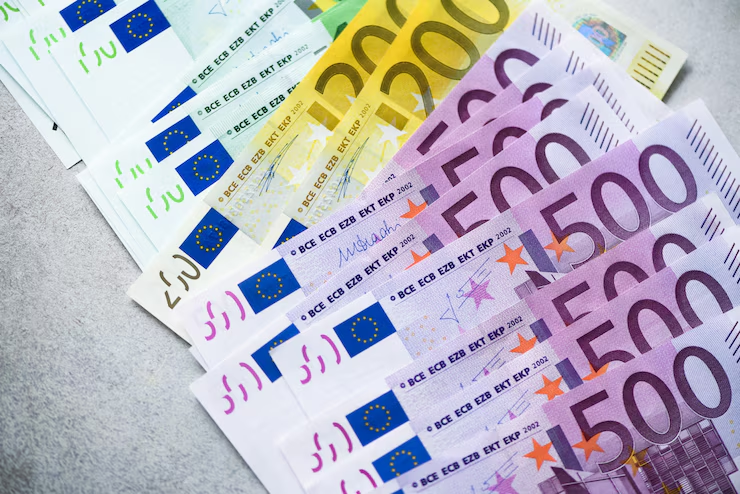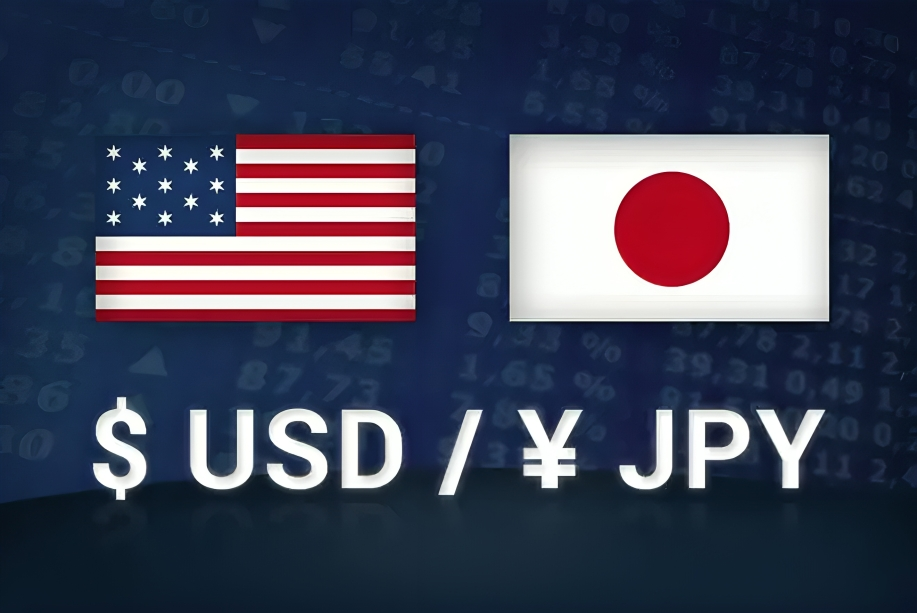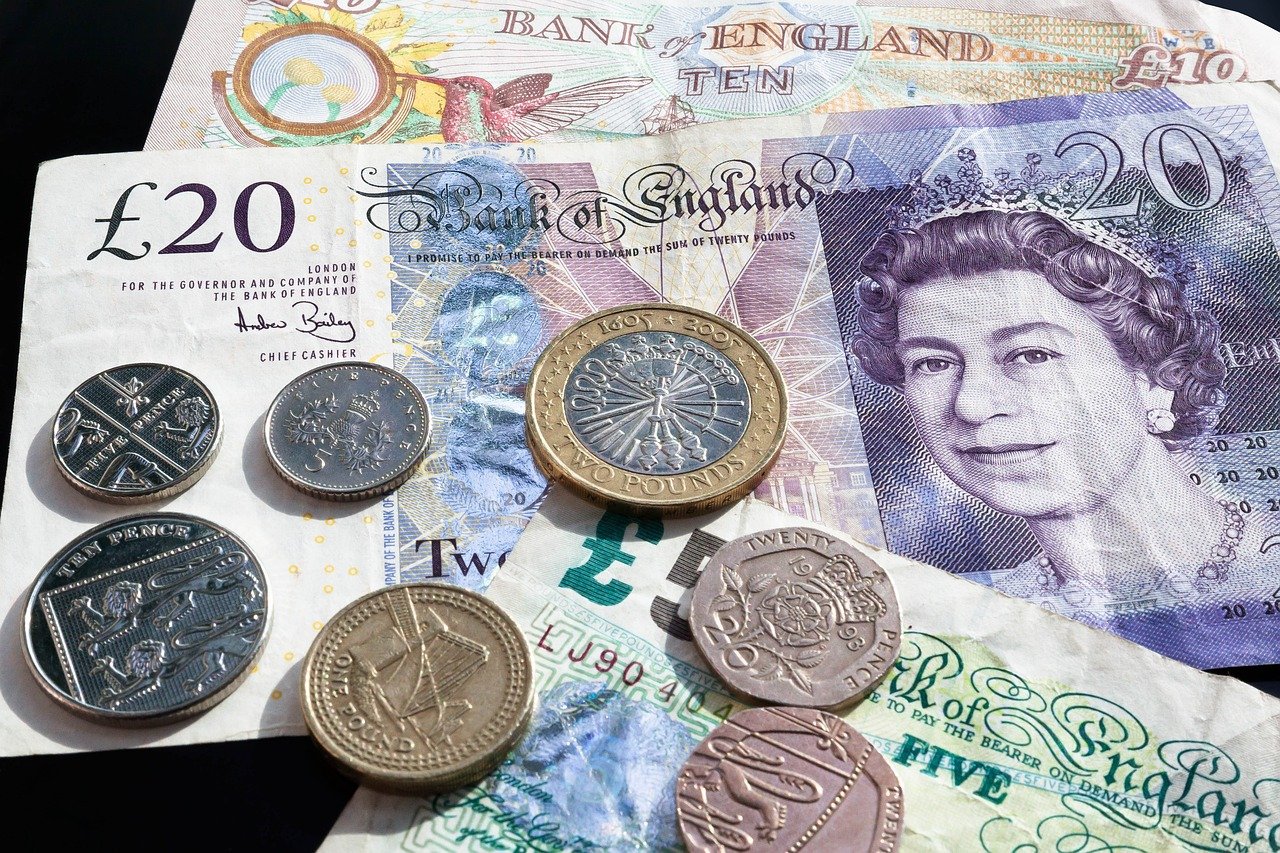EUR/USD rebounded above 1.0300 after an initial dip, but market uncertainty remains as investors react to US President Trump’s renewed tariff threats on steel and aluminum imports. The Euro faces additional pressure from potential trade tensions with the US and concerns over the ECB’s ability to support inflation. The speech of ECB President Christine Lagarde and testimony by Fed Chair Jerome Powell can drive monetary policy expectations. On the technical side, EUR/USD seems to have difficulty around resistance at 1.0500. More importantly, a strong support line remains at 1.0177 that could make or break the pair’s next move.
KEY LOOKOUTS
• Rekindled fears of the trade war on steel and aluminum imports at 25% tariffs have impacted the global markets and the stability of the Euro.
• Investors await ECB President Christine Lagarde’s remarks on monetary policy and economic outlook, which could influence EUR/USD movements and market sentiment.
• Federal Reserve Chair Jerome Powell’s congressional testimony may provide crucial insights into the US central bank’s interest rate stance, affecting the USD’s strength.
• EUR/USD faces strong resistance near 1.0500, while key support at 1.0177 remains critical for determining the pair’s next directional move.
EUR/USD recovers above 1.0300, but uncertainty lingers as Trump’s proposed 25% tariffs on steel and aluminum imports fuel trade war fears. Investors remain cautious ahead of ECB President Christine Lagarde’s speech and Fed Chair Jerome Powell’s testimony, both of which could influence monetary policy expectations. The Euro faces additional pressure from trade tensions with the US and weak inflation concerns in the Eurozone. Meanwhile, technical indicators show the pair struggling near resistance at 1.0500, with key support at 1.0177 shaping its next directional move.
EUR/USD rebounds above 1.0300 despite uncertainty from Trump’s tariff threats on steel and aluminum imports. Investors await ECB Lagarde’s speech and Fed Powell’s testimony for monetary policy cues. The pair faces resistance at 1.0500, while key support lies at 1.0177.
• The pair recovers above 1.0300 despite initial weakness driven by renewed US tariff fears.
• Proposed 25% tariffs on steel and aluminum imports raise concerns over global trade tensions and impact market sentiment.
• Investors await ECB President Christine Lagarde’s speech for insights into the Eurozone’s monetary policy and economic outlook.
• The Federal Reserve Chair’s testimony before Congress may provide crucial signals on future interest rate decisions.
• The US Dollar Index wobbles around 108.20, maintaining strength on global trade war fears.
•The Euro faces additional strain from potential reciprocal tariffs and weaker-than-expected inflation levels.
• EUR/USD struggles near 1.0500 resistance, while key support at 1.0177 remains crucial for the pair’s next move.
EUR/USD rebounded above 1.0300 in Monday’s European session following a weak open as renewed fears over US President Trump’s 25% proposed tariffs on imports of steel and aluminum reignite the specter of a global trade war and weigh on the market sentiment that increases demand for safe-haven assets. The investors are closely following ECB President Christine Lagarde speech at the European Parliament and Fed Chair Jerome Powell testimony, which could affect the expectations over monetary policy. Meanwhile, the US Dollar Index stays strong near 108.20 due to still uncertain global markets.
EUR/USD Daily Chart

TradingView Prepared by ELLYANA
Trade tensions, softer inflation than expected in the Eurozone, and the likelihood of additional rate cuts from the ECB are weighing on EUR/USD. The Euro remains vulnerable as economic contraction risks persist, and analysts warn that the US tariff measures could further hurt the European economy. Technical indicators show the pair struggling near resistance at 1.0500, with key support at 1.0177 playing a crucial role in determining the next directional move. Traders will also look to US CPI data, which will be released later this week, and how that will influence the Federal Reserve’s interest rate stance and the US Dollar’s strength.
TECHNICAL ANALYSIS
EUR/USD is trading around 1.0300, and resistance is located near the 50-day Exponential Moving Average (EMA) at 1.0436, while support is found at 1.0177. The 14-day Relative Strength Index (RSI) remains in the 40-60 range, showing a neutral trend with no clear directional momentum. A break above 1.0500 could trigger further gains, while a decline below 1.0177 may push the pair towards 1.0100. Market participants are watching upcoming economic events for clues on future movements, with the pair likely to stay range-bound unless a strong catalyst emerges.
FORECAST
EUR/USD has the potential to rise if it manages to break above the 50-day EMA at 1.0436, with the next resistance at the psychological level of 1.0500. A decisive push above this region would lead to further strides towards 1.0600, lifted by enhancing Eurozone economic performance data or more dovish US Federal Reserve statements. Another boost comes in case ECB President Christine Lagarde exudes confidence in the current stability of the Eurozone’s economy or gives hints of more tempered rate cuts that might make the Euro regain its strength. A weaker US Dollar, due to either lower-than-expected US inflation data or dovish comments from Fed Chair Jerome Powell, will add further fuel to the upside in EUR/USD.
Downside risks include a failure for EUR/USD to hold above 1.0300, where it could face immediate support at 1.0177 (January 13 low) and further declines toward the critical 1.0100 level. A break below 1.0100 could see a test of parity (1.0000) as renewed global trade war fears, following Trump’s tariff threats or worsening Eurozone economic conditions, weigh on the pair. Deeper losses for EUR/USD could be seen if the ECB turns dovish and cuts rates aggressively in response to weak inflation or if the US Dollar strengthens on hawkish Fed comments. Further, geopolitical uncertainty or adverse economic surprise from the Eurozone might hasten the bearish thrust.







